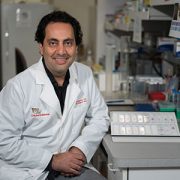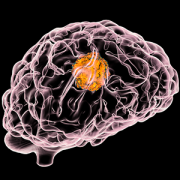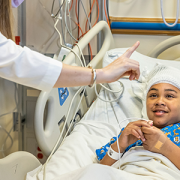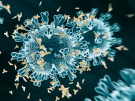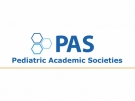Debuting sonodynamic therapy with ALA to treat rare brain tumors

Preclinical studies show that guided focused ultrasound and ALA can slow growth of gliomas and extend survival.
Children’s National Hospital is conducting a first-in-human study of aminolevulinic acid (ALA) sonodynamic therapy (SDT) for diffuse intrinsic pontine glioma (DIPG).
Preclinical studies led by experts at Children’s National have shown that SDT through MR guided focused ultrasound (MRgFUS) to activate protoporphyrin IX (PpIX), an ALA, can slow growth of gliomas and extend survival in animal models.
In a recently published technical communication in the Journal of Neuro-Oncology, the authors briefly detail the rationale and mechanism behind the use of SDT using ALA for DIPG, review criteria for patient inclusion, and describe the first patient selected for this clinical trial.
“Diffuse intrinsic pontine glioma (DIPG) is a devastating pediatric brain tumor that occurs in children between 2 and 9 years of age,” writes Hasan Syed, M.D., co-director of the Focused Ultrasound Program at Children’s National and lead author of the findings. “Despite standard therapy, prognosis remains poor with an average survival of 9–12 months after diagnosis.”
Future procedures will involve ascending drug and low-intensity focused ultrasound (LIFU) energy dose combinations with evaluations of pharmacokinetics and radiographic evidence of tumor physiological changes.





